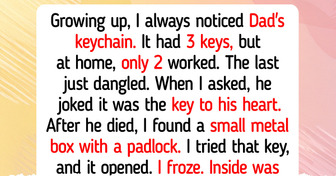12 Acts of Kindness That Prove the Human Spirit Is Truly Unbreakable

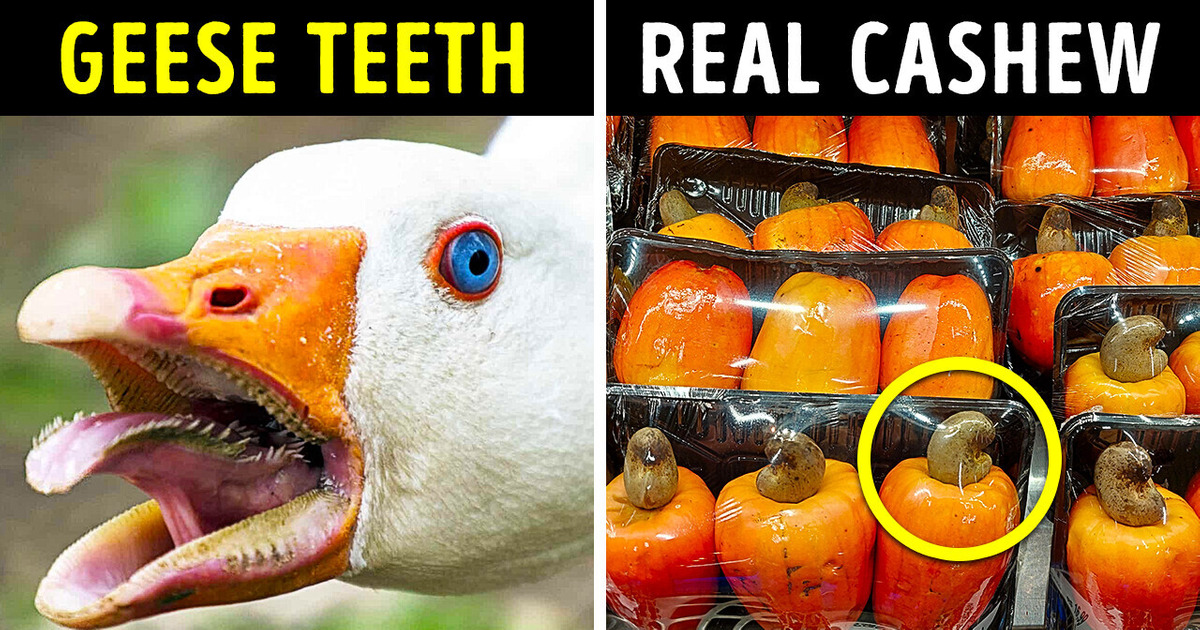
I bet that’s not what you imagine when you think of cashews, but a Redditor found them like this in a store in Brazil. It turns out they’re not “true” nuts. Cashews emerge at the tip of a cashew apple. There’s a special word for a fruit with a seed inside — “a drupe.” So, cashews are drupes, just like almonds and pistachios.
Brazil is the homeland of cashews. The tree was brought to India by the Portuguese in the middle of the 16th century. And from there, it spread further to Asia and then to West Africa. Today, these regions are the largest producers of cashews. The biggest consumer is the USA — they get 90% of the world’s harvest.
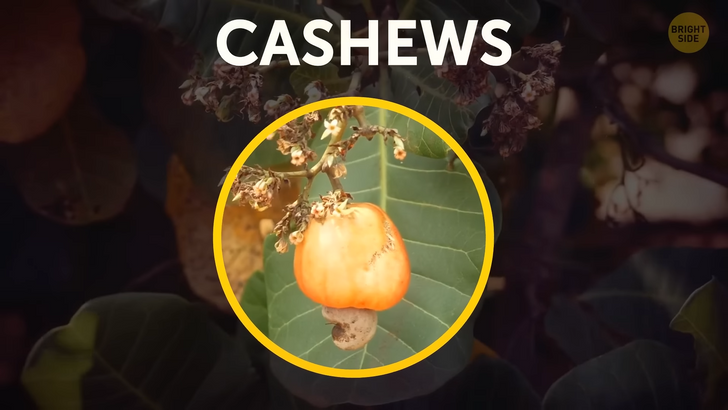
Since we’re talking about foods, I’ll show you a couple more. This, for example, is how pineapples grow. Also, pineapples aren’t one of those fruits that grow fast: they take from 16 up to 24 months to grow until they can be harvested. Also, one plant can only produce a maximum of three pineapples during its lifetime.
Fun facts: every segment of a pineapple used to be a flower. Have you ever wondered why eggplants are called like this? Well, probably you’ve never seen an eggplant growing, so here’s a picture. Now it makes sense: they literally look like growing eggs. Also, eggplants aren’t vegetables: botanically, they’re berries, just like watermelons. Also, eggplants aren’t only purple. They can also be white, green, and even purple with white stripes.
You’ll never guess what it is. It looks like a flower bouquet, but it’s broccoli that hasn’t been harvested. Those flowers are actually edible. Broccoli has been known for at least 2,000 years — it was the favorite food of the ancient Romans. But it appeared in North America only in the 1920s. Italian immigrants were the ones to bring it to California and start selling it. Now, the USA is the 3rd largest producer of broccoli, after China and India.
And this is what an artichoke turns into if you let it bloom. So, an artichoke is actually an unbloomed flower. It’s also one of the oldest foods humans know. Remember that a pineapple takes around two years to produce fruit, and a plant can only carry three pineapples during its life — if you’re lucky? An artichoke plant grows 20 artichokes per year. The artichoke is one of the healthiest vegetables when it comes to antioxidants.
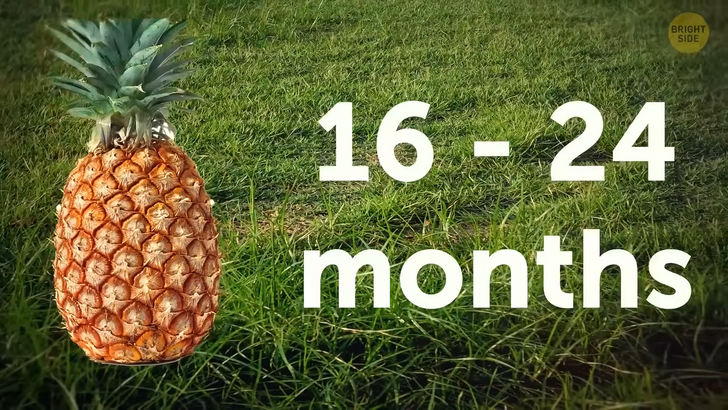
Here’s a photo of a sleeping turtle. Many of them sleep inside their shells — it’s an instinct to protect themselves from predators. Still, some turtles can’t retract to their shells, so they sleep in positions similar to this one. These animals are active during the day and sleep at night. The amount of sleep a turtle needs depends on the species: it can be from 10 hours to just one!
On average, a turtle takes a 4—6-hour-long nap. The most important factor for a turtle when it goes to sleep is to find a safe place. They can hide under leaves or in holes in the ground. Have you ever seen a chameleon’s feet? You’re welcome. So, those guys have two toes on the inner side of the foot and three on the outer side when we talk about front feet, and it’s the opposite for the back feet.
Chameleons live on trees, and their feet help them climb better. We all know about chameleons’ unique ability to change colors. But they don’t change them to camouflage. In reality, the color depends on the chameleon’s mood, temperature, humidity, and light. Also, do you know that some of them have tongues that are twice as long as their body? Ever seen a goose mouth from up close? They have teeth; only they’re called beaks.
Geese are very loyal creatures. It’s not a myth that a duckling bonds with the first moving stimulus they see after hatching — no matter if it’s a goose, a person, or even just an object. They will stay dedicated to that lucky creature or thing throughout their lives. Geese also mate for life, and they’re very protective of their offspring. If they lose a loved one, they mourn them. Also, if a goose in a group gets sick or wounded, a couple of other geese with stay with it to protect and take care of it.
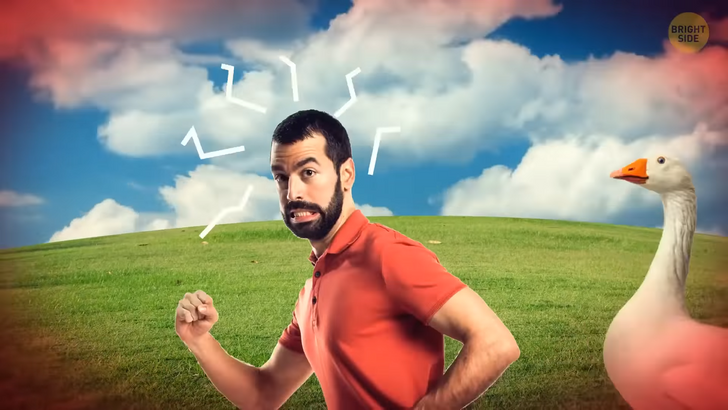
This cute little buddy is a newborn alligator. But don’t be tricked by its cute appearance — this little dude has around 60 teeth already. Also, it’s not the DNA that determines the gender of an alligator. It’s the temperature. If eggs were laid when it was hot, male alligators will hatch. If they stayed in colder temperatures, then there will be a bunch of females. After hatching, it takes an alligator 10 years to mature.
Overall, alligators live around 35 years in the wild. Also, alligators can’t live in salt water — unlike crocodiles, they don’t have special glands to excrete salt from their bodies. And this one is a newborn pigeon. I bet you’ve seen thousands of pigeons in your life, but probably never a newborn one. That’s because newborn pigeons stay in the nest for around six weeks — which is longer than any other bird. By the time they’re out, they almost look like grownup pigeons, so no wonder you’ve never noticed the difference.
Also, these guys are possibly the first birds domesticated by people. They are also experts in navigation — they can find their way back home from 1,300 miles afar. It’s more than the distance between New York and Florida! It’s believed that pigeons have an innate sense of direction. Back in ancient times, pigeons actually delivered mail. This is a cow’s mouth. Those brushes are called conical papillae — they help a cow move food around in the mouth.
Also, cows have a field of vision of 330 degrees, so there’s little that can skip their attention. Remember that some turtles only need one hour of sleep a day? Cows sleep even less — around 30 minutes a day. And this time is divided into 6-10 short periods of deep sleep. These animals lie down for around 10 hours a day, but the rest of the time, they move around, covering quite long distances. And yeah, they also drink around 26 gallons of water a day.
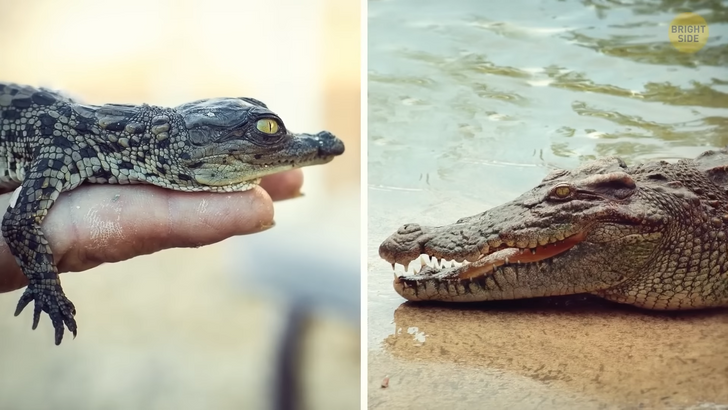
Can you guess what this is? It’s sand under 300x magnification. Sand is rock broken into micro pieces after eroding for millions of years. Also, communities of microbes live on a single grain of sand. Things can get really small in this world. Even though there’s a lot of it, sand is still a valuable material. Concrete is made out of it. And also, some countries, like the United Arab Emirates and Singapore, have shipped tons of sand to extend their territory by creating additional islands.
Apparently, this is what sinuses look like. They are hollow spaces in your facial bones — behind the forehead, nose, cheekbones, and between the eyes. Those are very important since they produce mucus, which is a fluid in your nose that filtrates, warms, and moisturizes the air you breathe in. Sinuses also help you detect tastes — without this ability, the food would be way less delicious.
This is the insides of a bowling ball. You may notice that it isn’t symmetrical inside, so the weight isn’t distributed evenly. This allows the ball to make curves. By the way, do you know that bowling appeared 5,000 years ago in Ancient Egypt? Yes, it’s not a new sport, and it was popular all over the world.
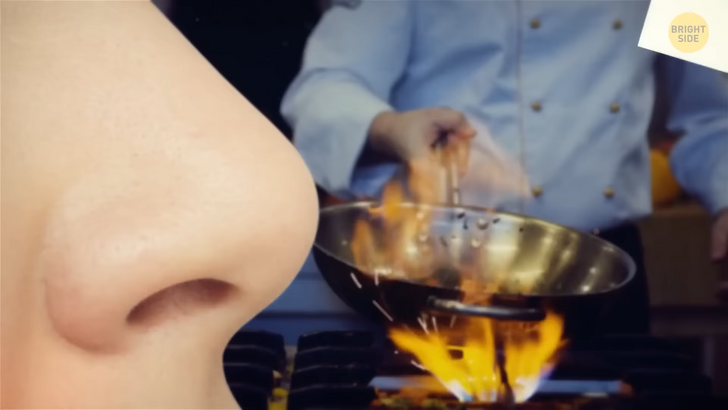
The rules and equipment were different everywhere, though. The first bowling lane was constructed only in the 19th century in New York.
This right here is a forgotten pack of cotton candy. Bottom line: don’t forget about it; otherwise, it’ll shrink as if it never existed. Cotton candy is only made of two ingredients: colored sugar and air. So, now we know the only ingredient in the world that is (so far) free — air. Also, a thread of cotton candy is actually thinner than a hair.
By the way, December 7th is National Cotton Candy Day, hope you celebrated. If not — mark this day in your calendars for the next year. With only two ingredients, this stuff has zero fat. Also, it was created by a candy maker and a dentist.






